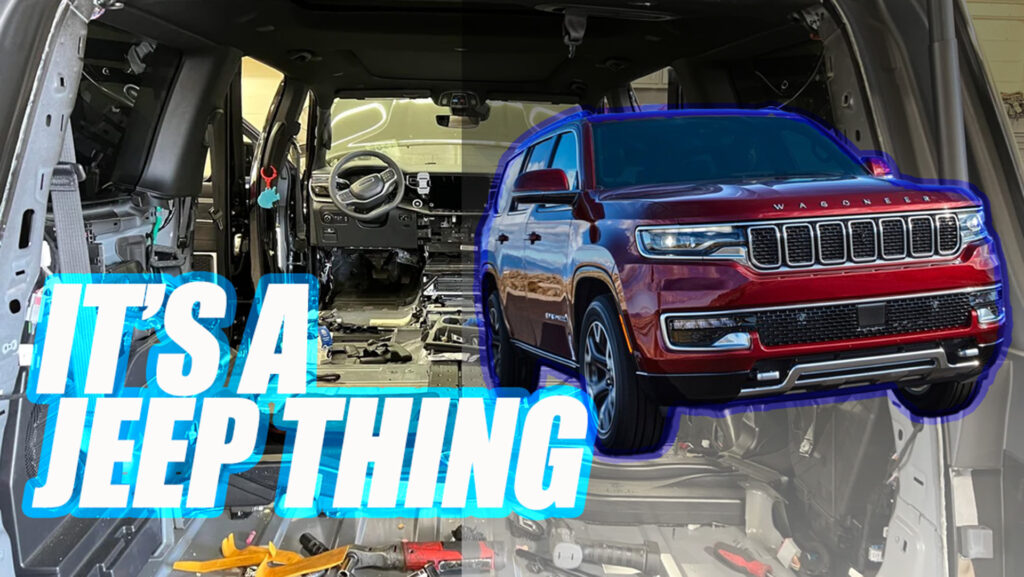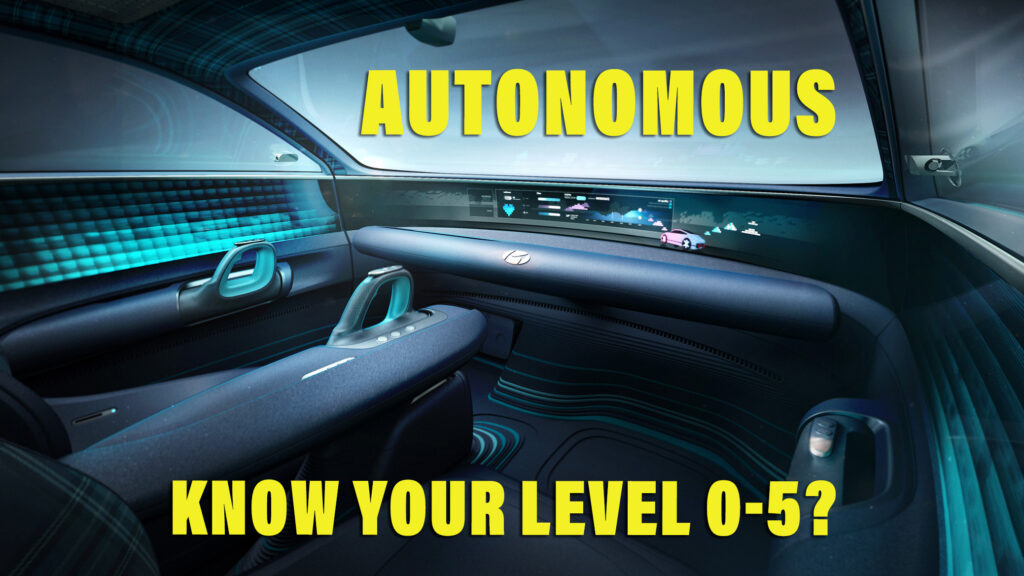The word “autonomous” gets bandied around a lot in the car world, but there’s a huge difference between basic autonomous tech like adaptive cruise control, which has been around for over 20 years, and a fully self-driving car, which might not be with us for another 20.
To help us, and the car industry, navigate this minefield, the SAE (Society of Automotive Engineers) came up with six categories for autonomous systems that covers everything from 100 percent analog, aid-free cars to the kind that might not have a steering wheel at all.
Level 0: The Good Old Days Of Manual Driving

Remember the days when you had to use your hands, feet, and brain to operate a vehicle? Level 0 is just that. The car might have basic cruise control but it’s not the clever kind, and you, the human driver, are solely responsible for everything. No fancy gadgets here – just pure driving skill.
Examples of these cars are the cheapest, most basic subcompcats and city cars, extreme sports cars, like the Caterham Seven, and pretty much anything built before the millennium.
Level 1: A Helping Hand With Cruise Control
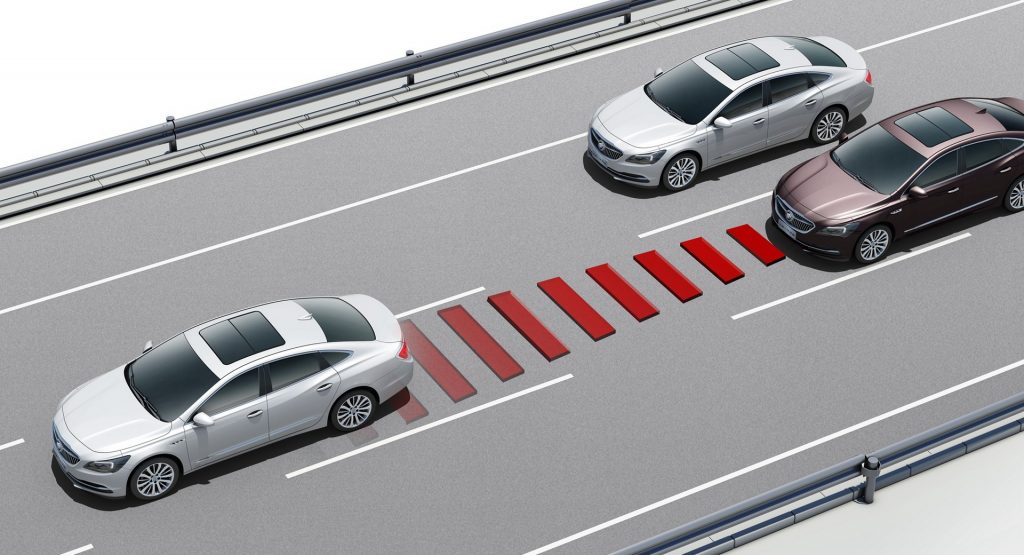
Related: Drivers Don’t Understand How Adaptive Cruise Control Works, Says Study
Welcome to Level 1, where technology takes its first baby step towards an AI future. In this stage you’ll find features like adaptive cruise control and basic lane-keeping assistance. These systems can help maintain a constant speed and keep you in your lane, but you’re still the boss, and your hands need to stay on the wheel. Think of it as having a co-pilot who occasionally nudges you in the right direction.
Level 2: The Buddy System
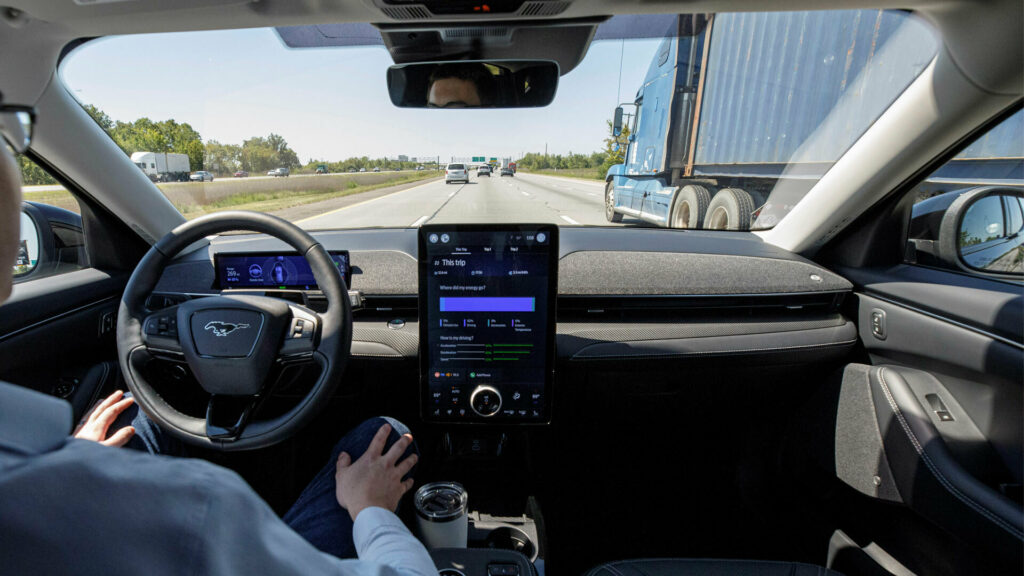
Level 2 is where things start to get interesting. At this stage, the car can control both steering and acceleration through a combination of lane-keeping assistance and adaptive cruise control, but you’re still required to keep your eyes on the road.
Some systems, like Ford’s Blue Cruise and GM’s Super Cruise, will let you fully remove your hands from the wheel as long as you’re watching the action unfold, and you might hear people refer to these as Level 2+, but the SAE doesn’t recognize 2+, so officially they’re still Level 2.
Level 3: Taking a Backseat, But In The Front
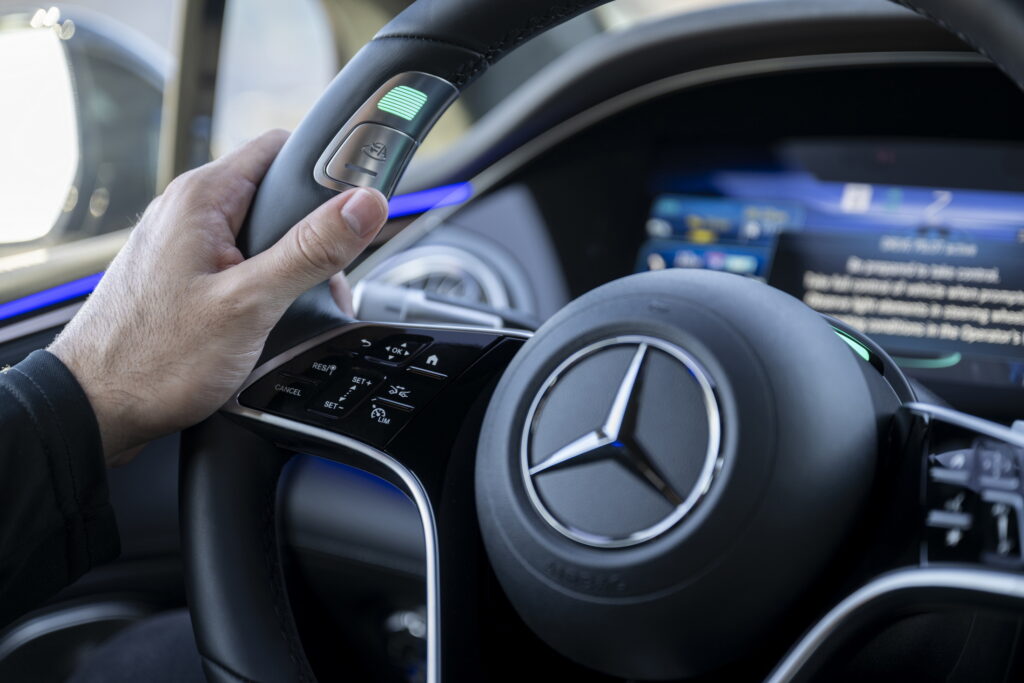
Now we’re talking! Or maybe even texting, or watching a movie. At Level 3, you can take your hands off the wheel, and your eyes off the road while the car handles everything – but only under certain conditions. This is often referred to as “conditional automation.” Your vehicle can manage most driving tasks, but it might still need you to intervene, so you can’t go for a snooze in the back. It’s like having a chauffeur, but one who occasionally asks you to hold the wheel while he opens a bag of chips.
This technology is still extremely rare, but one example is Mercedes’ $2,500 Drive Pilot system, which was already offered in Europe and has recently become available in the U.S. on cars like the EQS and S-Class. It will drive by itself at speeds of up to 40 mph (64 km/h) on select freeways, even steering around stranded vehicles while you work or watch Netflix.
Level 4: Hands-Free Zone
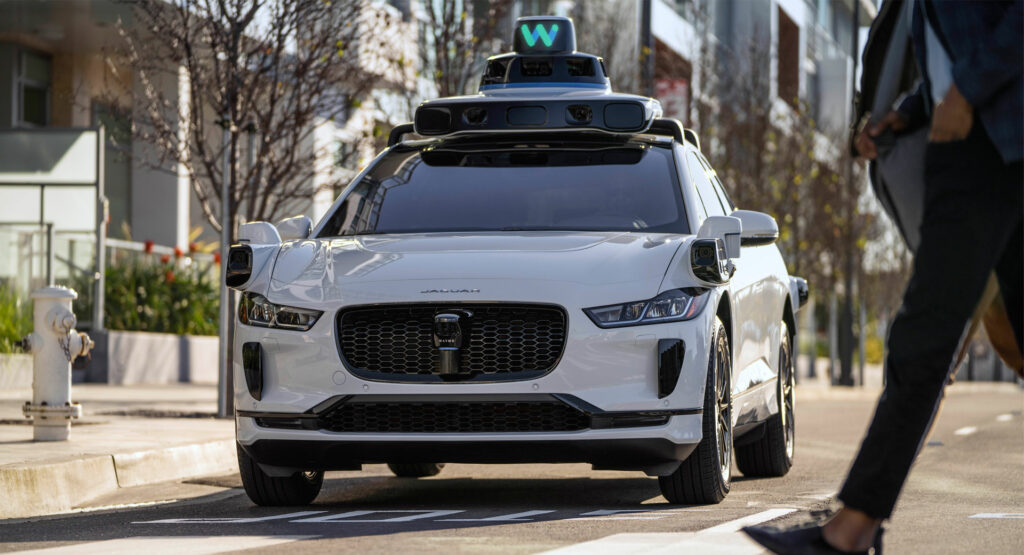
Related: Ford Is Getting Out Of The Level 4 Self-Driving Car Game
Level 4, also known as “high automation,” is where you can really relax. Your car can handle everything, from the moment you climb behind the wheel, even in challenging situations like heavy traffic or inclement weather, and on a wide variety of roads, not just freeways, without needing your input. However, there’s a catch – it only works within specific areas or under certain conditions.
Though Waymo and Cruise driverless cabs feature L4 tech, there are currently no cars on sale to the general public in Europe or North America that offer this technology on real roads. Tesla’s FSD Beta doesn’t qualify because it still needs the driver to be ready to take over during the journey (as various near-miss videos prove), meaning it’s technically L2 despite seeming more capable than other L2 systems. Mercedes Chief Technology Officer Markus Schäfer has gone on record saying that L4 could be here by 2030, but Elon Musk has suggested Tesla would have an L4 system ready by the end of 2023.
Level 5: The Full Monty – Complete Automation
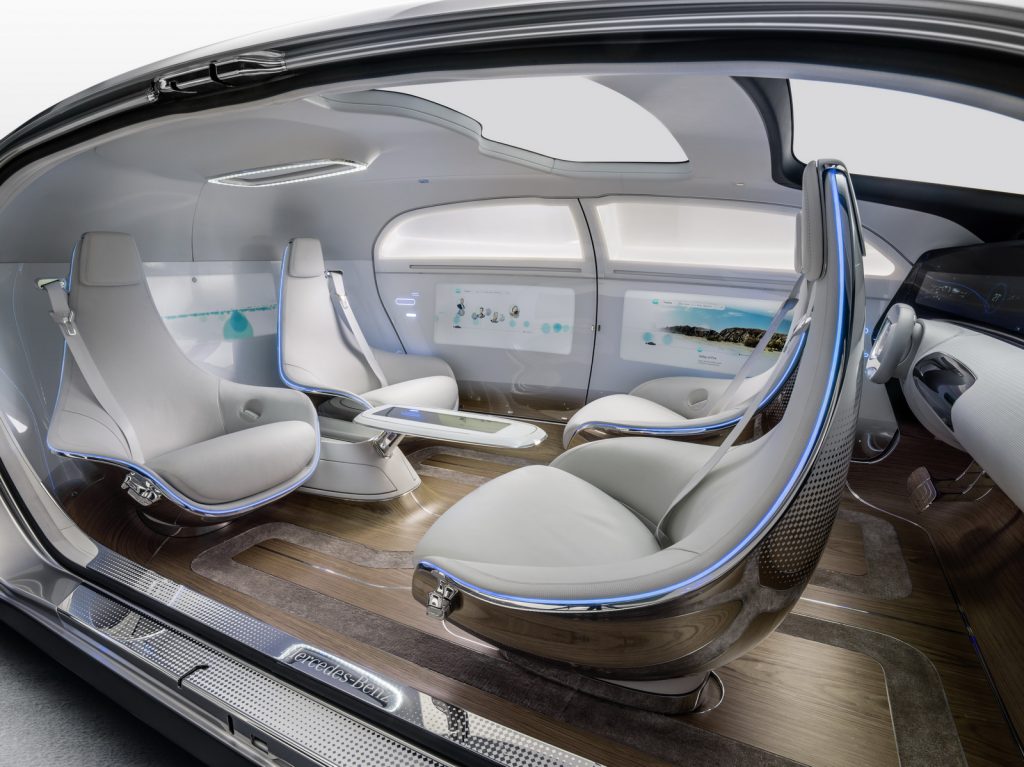
This is the holy grail for autonomous engineers and zillions of people who grind through city traffic to the office twice a day. At Level 5, your car is your trusted chauffeur everywhere, all the time. There’s no steering wheel, no pedals, no need for human intervention. You can sit back, relax, and enjoy the ride while your car takes care of everything. Imagine your vehicle as your personal assistant, always ready to take you wherever you want to go. Blind, drunk, no license? No problem, in theory, though there’ll be some legal hoops to jump through first.
L5 will also change the look and layout of our cars. With no need to sit upright watching the road ahead, we’ll be able to face backwards, maybe even on a couch, or even a bed, treating our vehicles as extensions of our home living spaces. But don’t expect to see Level 5 cars on the road any time soon. Industry experts say it’ll be at least 2035 before the tech is suitable for production.






